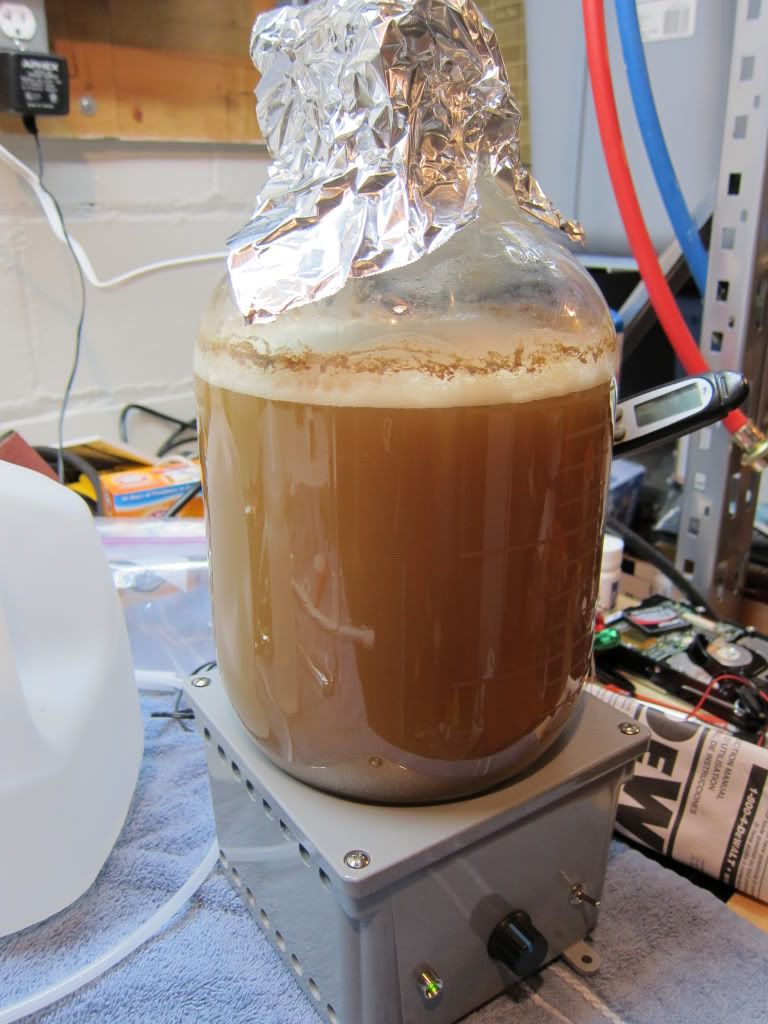The 2 beers I did turned out good. The first was an American Pilsner with a recipe from this board.
Here's a link. This beer came out very, very clean and crisp. Very drinkable. Not a ton of flavor, but that was kind of the point.
The 2nd one was an American-style Amber Lager,
recipe found here. It was a Pilsner with a little Melanoiden and Honey Malt, and a touch of Carafa. Another homebrewer I know raved about this beer and is trying to get into lagers because of it (I think he's going to do a Kolsch version soon).
I describe S-189 as the "US-05 of Lager Yeasts". Its not going to accent the malt like a good German lager strain, nor will it make the best Bohemian Pils like that strain would. But S-189 will make a damn fine, crisp, clean lager. I'd use it to make American Lagers, or Lagers flavored with other strong malt/hops. Just like how we reach for US-05 when we are making ales where the yeast character needs to be non-existent.
















![Craft A Brew - Safale S-04 Dry Yeast - Fermentis - English Ale Dry Yeast - For English and American Ales and Hard Apple Ciders - Ingredients for Home Brewing - Beer Making Supplies - [1 Pack]](https://m.media-amazon.com/images/I/41fVGNh6JfL._SL500_.jpg)










































